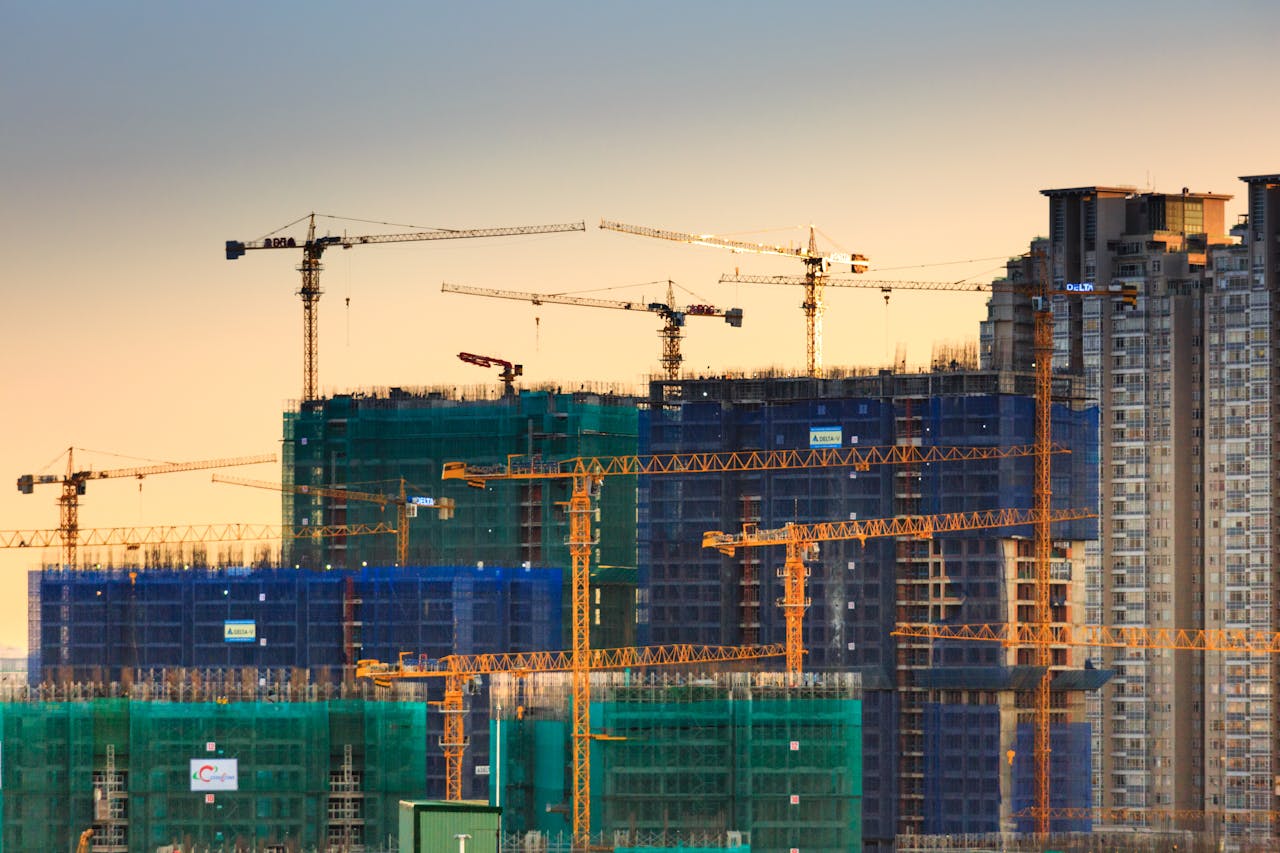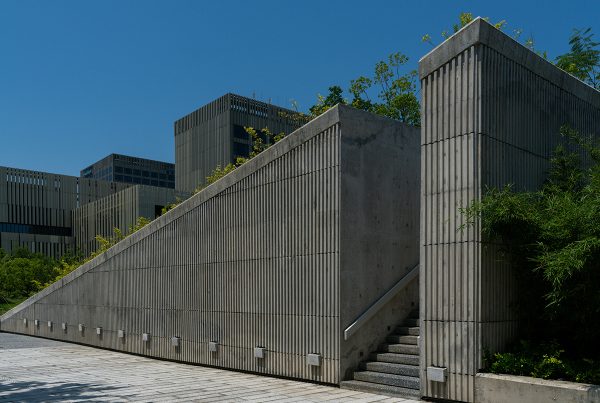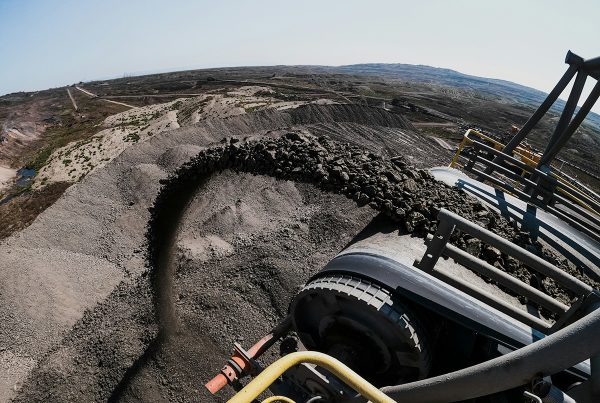Despite the central focus on constructing buildings to meet their intended purposes, eco-minded decision-makers have gradually embraced a progressive mindset prioritizing life cycle construction. This philosophy assesses structures’ impacts beyond strategic design and building efforts to encompass operations and eventual demolishment or decommissioning.
Following Best Practices for Life Cycle Construction
Sustainability aims require flexibility and open-mindedness. What should construction professionals and other interested parties do to adapt methods to emerging life cycle construction aims?
Uphold the Circular Economy
The circular economy emphasizes keeping things usable by facilitating repairs, recycling and other methods that keep valuable products out of landfills. Construction leaders can uphold those principles by collaborating with peers to identify reuse opportunities, lower costs and decrease supply chain burdens by giving site crews more sources for essential goods.
A forward-thinking construction professional named Dave Bennink recently announced plans to open the New York City Reuse Innovation Center as a hub for professionals interested in learning more about or furthering circularity in built environments. Bennink envisions up to 20 businesses participating in the cooperative, teaching visitors to disassemble and reassemble buildings or selling products made from reclaimed materials.
Design for Disassembly
Demolition was once the standard outcome for buildings at the end of their useful lives. However, as more professionals educate themselves about life cycle construction, they’ll recognize the benefits of creating structures for workers to disassemble instead of destroy.
This rising deconstruction movement maximizes the materials to salvage or recycle, giving old buildings new lives in future projects. These mindful decisions can minimize sourcing costs and uphold a structure’s historical significance. One Colorado mixed-use residential project contains pieces from a former homestead. Reusing farmhouse bricks and barn siding honors past generations and the area’s history.
Anticipate Future Stresses
Practical life cycle construction requires considering how changing conditions may need new features to ensure occupant comfort and resilience. For example, rising temperatures have raised climate control costs and piqued interest in energy-efficient characteristics. Planning projects to accommodate current and future demands extends their usability and relevance.
Natural disasters and similar events interfere with building lifespan calculations, but adaptable professionals accommodate these challenges. That may mean elevating a beach house on stilts to protect it from floods or incorporating features into office buildings that enable them to withstand earthquakes. In one case, an architect removed flammable materials from a wildfire-prone home’s perimeter and used double-paned windows to safeguard against exterior blazes.

Seeing the Possibilities
Real-world outcomes prove that life cycle construction is attainable. These examples offer inspiration and suggest practical ideas.
Adopt a Long-Term View
A daunting reality of assessing a building’s likely usage length is that construction professionals may need to think beyond their careers and lifetimes, determining what they must do now to facilitate optimal outcomes. Such activities become crucial during projects requiring heavily involved decommissioning steps to maintain safety, such as nuclear power plants. One phase keeps those facilities in protected storage for up to five decades, giving radioactive elements time to stabilize before decontamination begins.
Life cycle assessments also aid the construction and management of other types of power plants, especially if clients intend to use the facilities daily for many years. One researcher performed a cradle-to-grave analysis of a natural gas power plant to determine which production phase contributed the most emissions. That information allows builders to make sustainable adjustments to offset those intensive activities for a greener balance.
This example examined different natural gas activities and their links to several environmental outcomes, including global warming potential. The research identified that aspect as the plant’s most significant planetary impact, attributing over 79% of total emissions to the energy conversion phase.
Another takeaway was that plant operators could reduce emissions with strategic technology use. That finding could motivate construction professionals to source recycled materials, use green energy infrastructure or incorporate sensors to monitor and decrease resource consumption. Making those choices now positively impacts the building’s life cycle while supporting the environment.

Investigate Modular Designs
Some industry leaders have prioritized modular construction to increase buildings’ flexibility and adaptability to future needs. One team proposed such a design for an eight-story residential building featuring a steel frame with walls and doors that people could easily move to change a room’s layout without extensive work.
The flexible design generated about half the landfill waste as its conventionally built counterpart during the end-of-life phase. Additionally, assuming the building would have a century-long usage period, construction-related greenhouse gas emissions were 40% lower for the modular design than the traditional one.
Relatedly, directly reusing the structure’s foundation, ceiling and steel framing saved another 14% of emissions. These outcomes illuminate the value of comprehensive analyses accounting for decisions made before, during and after construction commences.
Despite modular designs’ currently limited usage, case study examples could increase decision-makers’ interest, ensuring they create structures that adapt to occupants’ requirements over decades. The researchers acknowledged that modular designs’ advantages become most evident in longer life cycles because they generate functionality, time and cost-related advantages.
Enabling a Sustainable Future
Increasing sustainability demands necessitate thorough and accurate assessments of buildings’ life cycles. Positive, actionable results will increase the momentum of this relatively new but essential activity.











